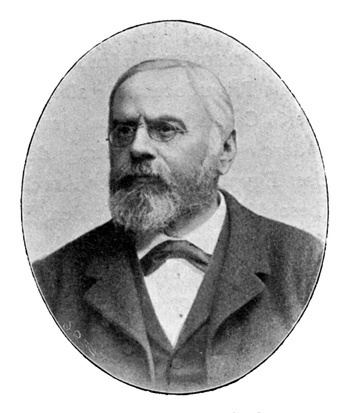Children Ernst Eisenlohr | ||
 | ||
Died 24 February 1902, Heidelberg, Germany | ||
August Adolf Eisenlohr (6 October 1832, Mannheim – 24 February 1902, Heidelberg) was a German Egyptologist.
He studied theology and sciences at the universities of Heidelberg and Göttingen, and spent several years involved in the chemical manufacturing business. In 1862 he introduced a process for producing aniline blue. In 1865 he resumed his education, taking classes in Egyptian language studies. In 1869 he received his habilitation for Egyptology at Heidelberg and in 1869/70 conducted research in Egypt. In 1885 he became an honorary professor at the University of Heidelberg, where he taught classes in Egyptian archaeology and Semitic languages.
In 1877 he was the first to publish an edition of the Rhind Mathematical Papyrus, considered to be the most important mathematical text discovered in Egypt.
